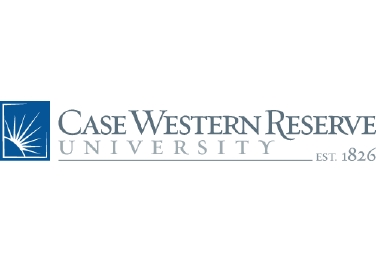Apollo Overstitch, a Treat and Resect Model
| Status: | Archived |
|---|---|
| Conditions: | Colorectal Cancer, Cancer, Brain Cancer |
| Therapuetic Areas: | Oncology |
| Healthy: | No |
| Age Range: | Any |
| Updated: | 7/1/2011 |
| Start Date: | February 2011 |
| End Date: | October 2011 |
Evaluation of a Novel Endoscopic Suturing Device in a Treat and Resect Model
The Overstitch (Apollo Endosurgery, Austin, Texas) is an FDA cleared product which attaches
to a standard double channel endoscope. The Overstitch can place sutures under endoscopic
guidance, with the goal of reproducing standard surgical techniques. These would include
hemostasis, tissue approximation, anastomosis formation, fixation of intraluminal devices,
or repair/closure of mucosal or full thickness defects such as perforations or endoscopic
mucosal resection (EMR) sites. Knot tying of the endocsopically placed sutures is provided
by an endoscopic cinching device that passes through the channel of the endoscope.
This feasibility trial will evaluate the ability of the Apollo suturing device (Overstitch)
to endocsopically place sutures into normal mucosa, and then "tie" the sutures with the
cinching device. These devices have been utilized effectively in explant, live porcine, and
human cadaver colon and stomach models. In this treat and resect model, sutures would be
placed in a segment of colon or stomach that is being surgically removed via open or
laparoscopic technique for the treatment of benign or malignant disease. The sutures would
be placed in a segment of normal mucosa remote to the pathology being surgically treated.
In addition, the sutures will be placed under direct observation via laparoscopic or open
visualization. After resection of the segment of colon, it will be evaluated grossly for
level of suture placement, evidence of perforation, and quality of suture approximation with
the cinching device.
During the colectomy procedure, the intended proximal and distal margins of resection will
be determined, and the protocol will proceed only if it is fully determined that the tissue
will be fully resectable. The overstitch device affixed to a standard double channel
gastroscope will then be advanced transanally into the segment of planned resected colon,
away from the area of disease so as to not interfere with oncologic principles or
post-resection pathologic evaluation. Endoscopic sutures and knot tying cinching elements
will be placed, with a limit of 15 minutes for the total procedure. The entire procedure
will be closely monitored under laparoscopic or open surgical visualization. After suture
placement, the surgical resection will continue as planned. The specimen will then be
examined for depth of suture placement, evidence of perforation, and quality of the suture
approximation with the knot tying element.
We found this trial at
1
site
Case Western Reserve Univ Continually ranked among America's best colleges, Case Western Reserve University has...
Click here to add this to my saved trials
